Forex Order Types: Different Ways to Execute Trades, Like Market, Limit, Stop-Loss, etc.
The foreign exchange market, also known as Forex, is the largest and most liquid financial market globally, where currencies are traded. If you are new to Forex trading, understanding the various order types is essential for successful trades. In this comprehensive guide, we will explore the different ways to execute trades in the Forex market, including market orders, limit orders, stop-loss orders, and more.
Introduction to Forex Order Types
In the fast-paced world of Forex trading, it is crucial to have a clear understanding of various order types to capitalize on market opportunities effectively. Different order types allow traders to specify how they want to enter or exit a trade, managing risk and maximizing potential profits.
1. Market Orders: Seizing the Immediate Opportunity
A market order is the simplest type of order and is executed at the current market price. When you place a market order to buy or sell a currency pair, you are essentially instructing your broker to execute the trade at the best available price in the market. Market orders are ideal for traders who prioritize immediacy over price.
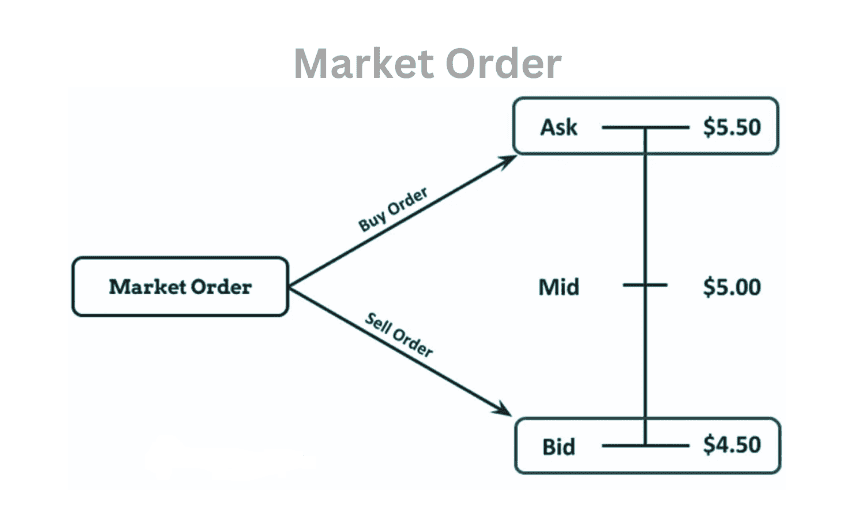
2. Limit Orders: Controlling Your Entry and Exit Points
Limit orders, on the other hand, provide traders with more control over their trades. With a limit order, you can specify the maximum price you are willing to pay when buying or the minimum price you expect when selling. The trade will only be executed when the market reaches your specified price, offering you the advantage of entering or exiting a trade at a predetermined level.
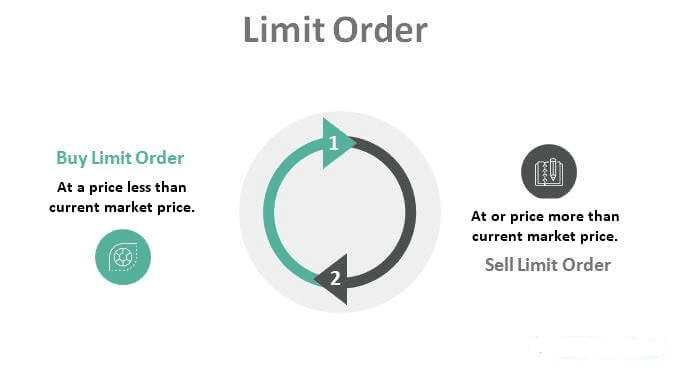
Advantages of Limit Orders
- Minimize slippage and ensure better execution prices.
- Enables disciplined trading by sticking to predetermined entry and exit points.
3. Stop-Loss Orders: Managing Risk with Precision
Risk management is a critical aspect of Forex trading. A stop-loss order is designed to protect your capital by automatically closing a trade when the market moves against you. By setting a stop-loss order, you can limit potential losses and protect your trading account from excessive drawdowns.
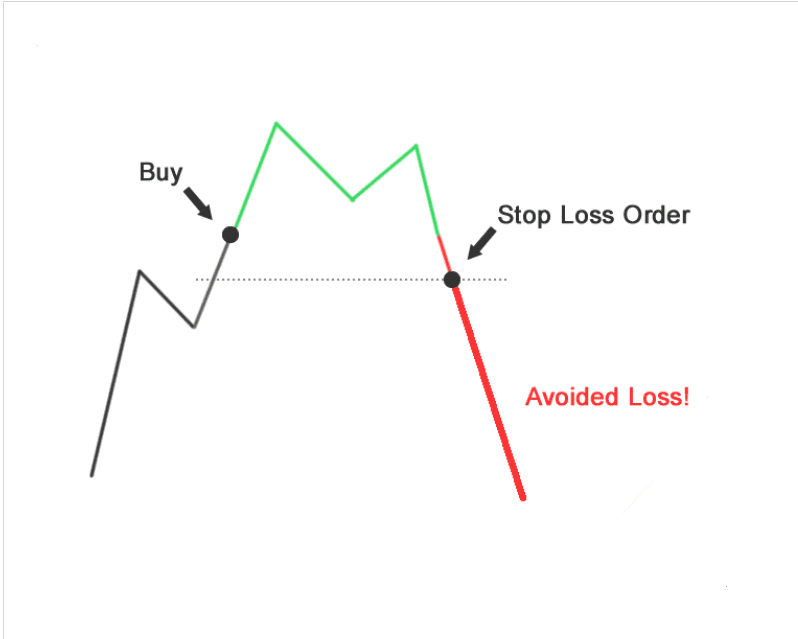
Types of Stop-Loss Orders
- Standard Stop-Loss: Triggers the trade closure at a specific price level.
- Trailing Stop-Loss: Adjusts with market movements to protect profits while allowing for potential gains.
4. Take-Profit Orders: Locking in Profits
A take-profit order allows traders to set a specific price at which they want to close a profitable trade. By setting a take-profit order, you ensure that your profits are locked in once the market reaches your target price. This order type helps you avoid giving back your gains if the market suddenly reverses.
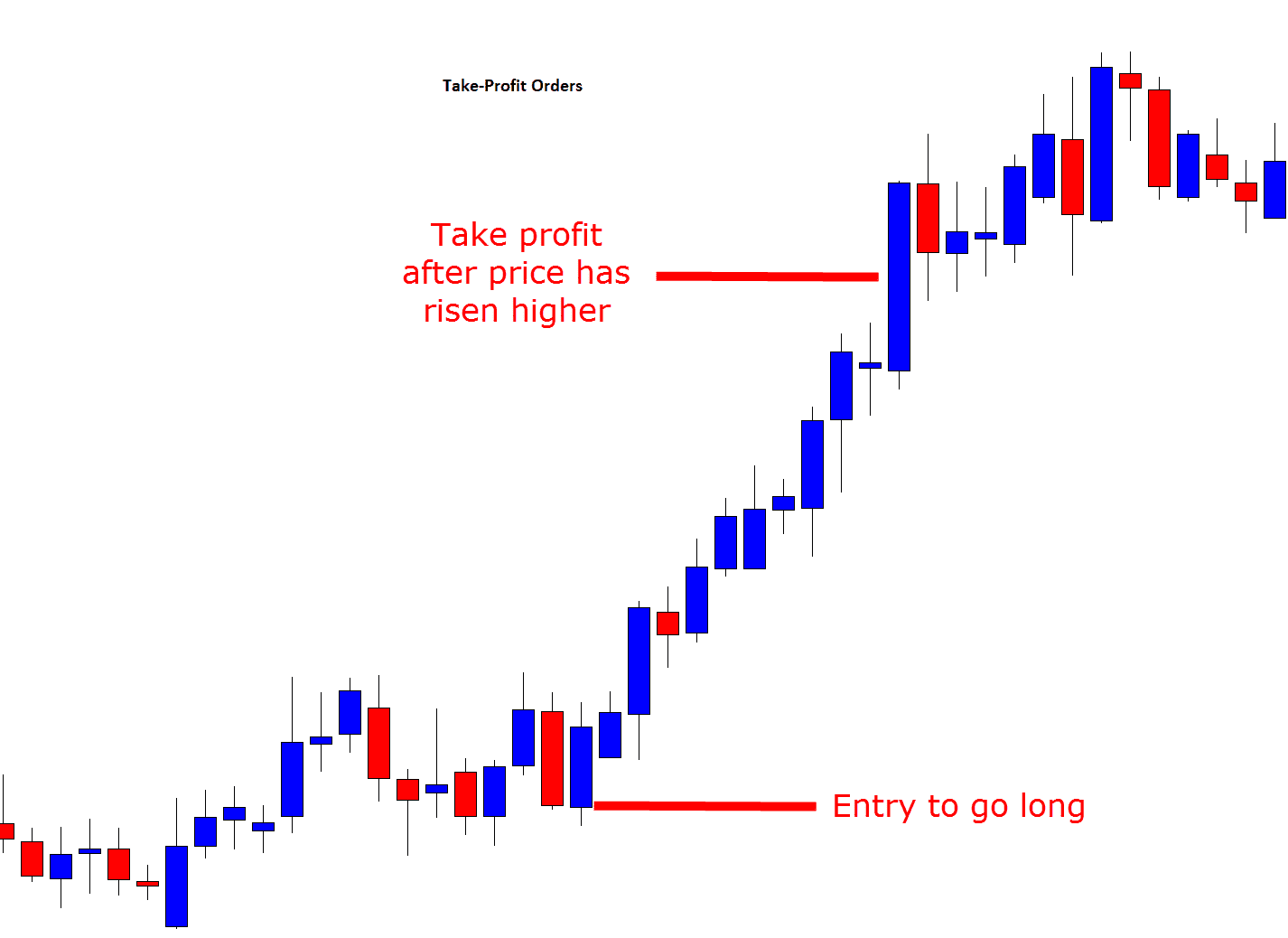
5. OCO Orders: The Best of Both Worlds
OCO stands for "One Cancels the Other." This type of order allows traders to set both a stop-loss and a take-profit order simultaneously. If one order is executed, the other order gets canceled. OCO orders are excellent for traders who want to manage risk while aiming for a predefined profit target.
6. IF-DONE Orders: Sequencing Your Trades
An IF-DONE order allows traders to set a secondary order that is contingent on the execution of the primary order. For example, you can set a take-profit order only if your initial market order gets executed. This order type helps you plan and sequence your trades more effectively.
7. IF-THEN Orders: Conditional Planning
IF-THEN orders work similarly to IF-DONE orders but offer more complex conditional planning. You can set multiple orders with specific conditions based on various market scenarios, allowing for a more versatile trading strategy.
8. Good 'Till Cancelled (GTC) Orders: Patience Pays Off
A GTC order remains active until it is explicitly canceled by the trader. This order type is useful when you expect a certain market condition to develop over a more extended period. It allows you to patiently wait for the right opportunity to execute your trade.
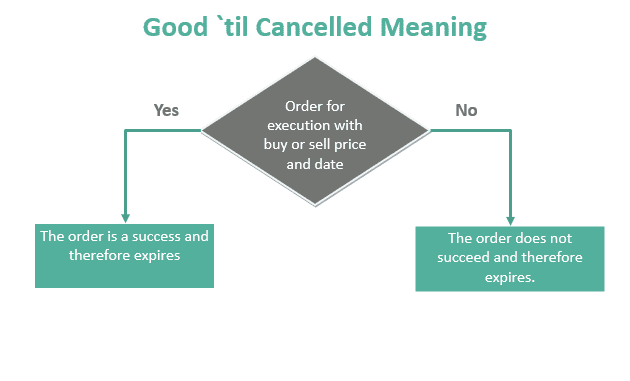
9. Immediate or Cancel (IOC) Orders: Swift Decision-Making
An IOC order requires immediate execution of a part of the order, and any unfilled portion is canceled. This order type is suitable for traders who prioritize swift decision-making and immediate execution.
Footnote
In Summary, mastering various Forex order types is essential for successful trading in the foreign exchange market. Market orders offer immediacy, limit orders provide control, and stop-loss orders aid in risk management. Additionally, take-profit orders, OCO orders, IF-DONE, IF-THEN orders, GTC orders, and IOC orders each serve specific purposes in different trading scenarios.
By utilizing a combination of these order types strategically, traders can enhance their trading performance and effectively navigate the dynamic Forex market.
FAQs
- What is a market order in Forex trading?
- A market order is an instruction to buy or sell a currency pair at the current market price.
- How does a stop-loss order work?
- A stop-loss order automatically closes a trade when the market moves against your position, limiting potential losses.
- Can I set multiple take-profit levels with an IF-THEN order?
- Yes, with an IF-THEN order, you can set multiple orders with specific conditions based on various market scenarios, including multiple take-profit levels.
- What is the advantage of using a trailing stop-loss order?
- A trailing stop-loss order adjusts with market movements, protecting profits while allowing for potential gains.
- How long does a GTC order remain active?
- A Good 'Till Cancelled (GTC) order remains active until you explicitly cancel it.
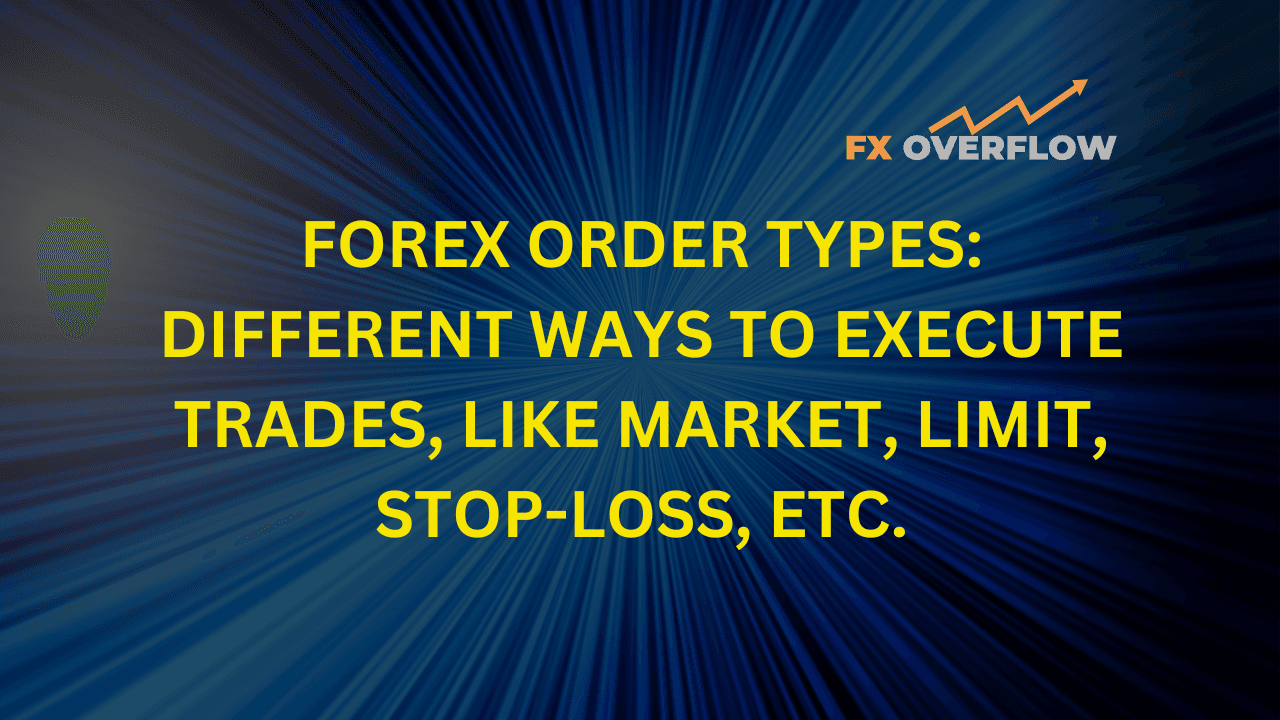










Discussion